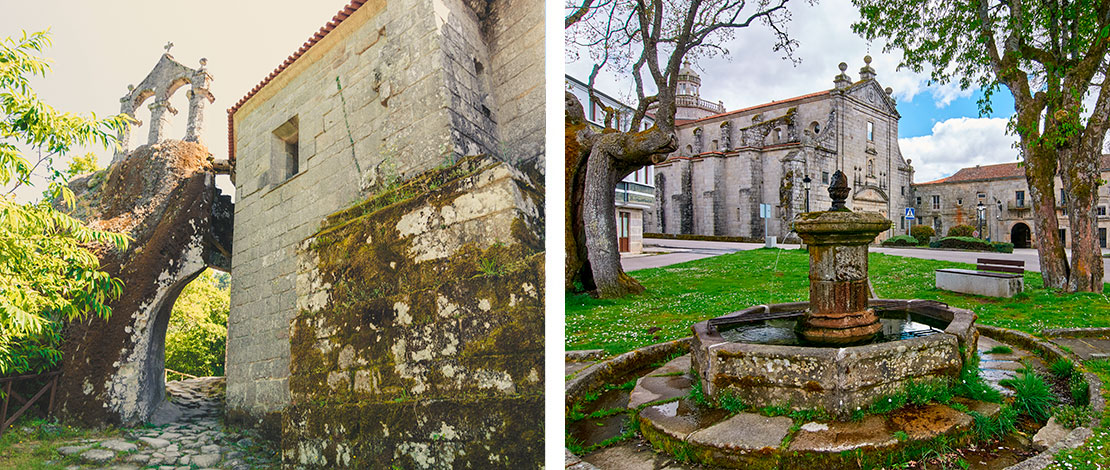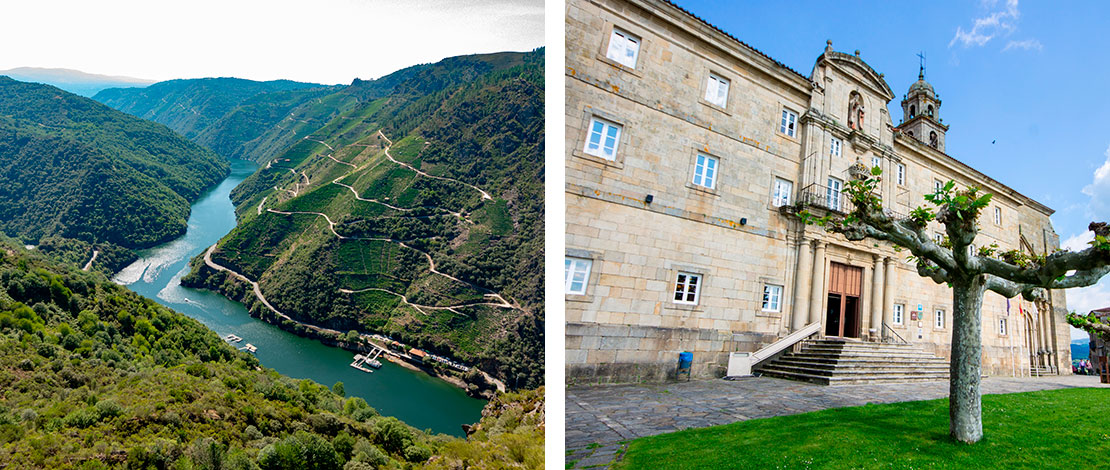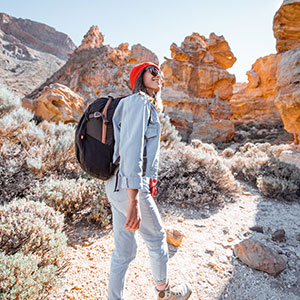DAY 1 (INLAND)
The first day is set aside for visiting the monasteries in the heart of the Ribeira Sacra. The itinerary begins in San Pedro de Rocas. It is the oldest monastery in Galicia, located in the town of Esgos and built on a rock. The Ribeira Sacra Interpretation Center located inside is an ideal exhibition space to get in touch with the area, understand the customs of its people and what life was like in medieval monasteries. The next stop will be the monastery of Santa María de Xunqueira de Espadanedo, where visits must be booked in advance, as in the case at the monastery of Santa María de Montederramo, just 20 kilometres away.

Back on the road, when you reach the town of Abeleda, don't hesitate to stop for a moment at the As Penas de Matacás viewpoint. You will see the impressive panoramic view of the two banks of the Sil River, with its characteristic sloping vineyards. Another spot to get a closer view of these peculiar crops is the Soutochao viewpoint, approximately halfway up the slope. Finally, at the highest point of the town of Monforte de Lemos is the monastery of San Vicente do Pino. It is currently one of the two Tourism Paradors in the Ribeira Sacra.






